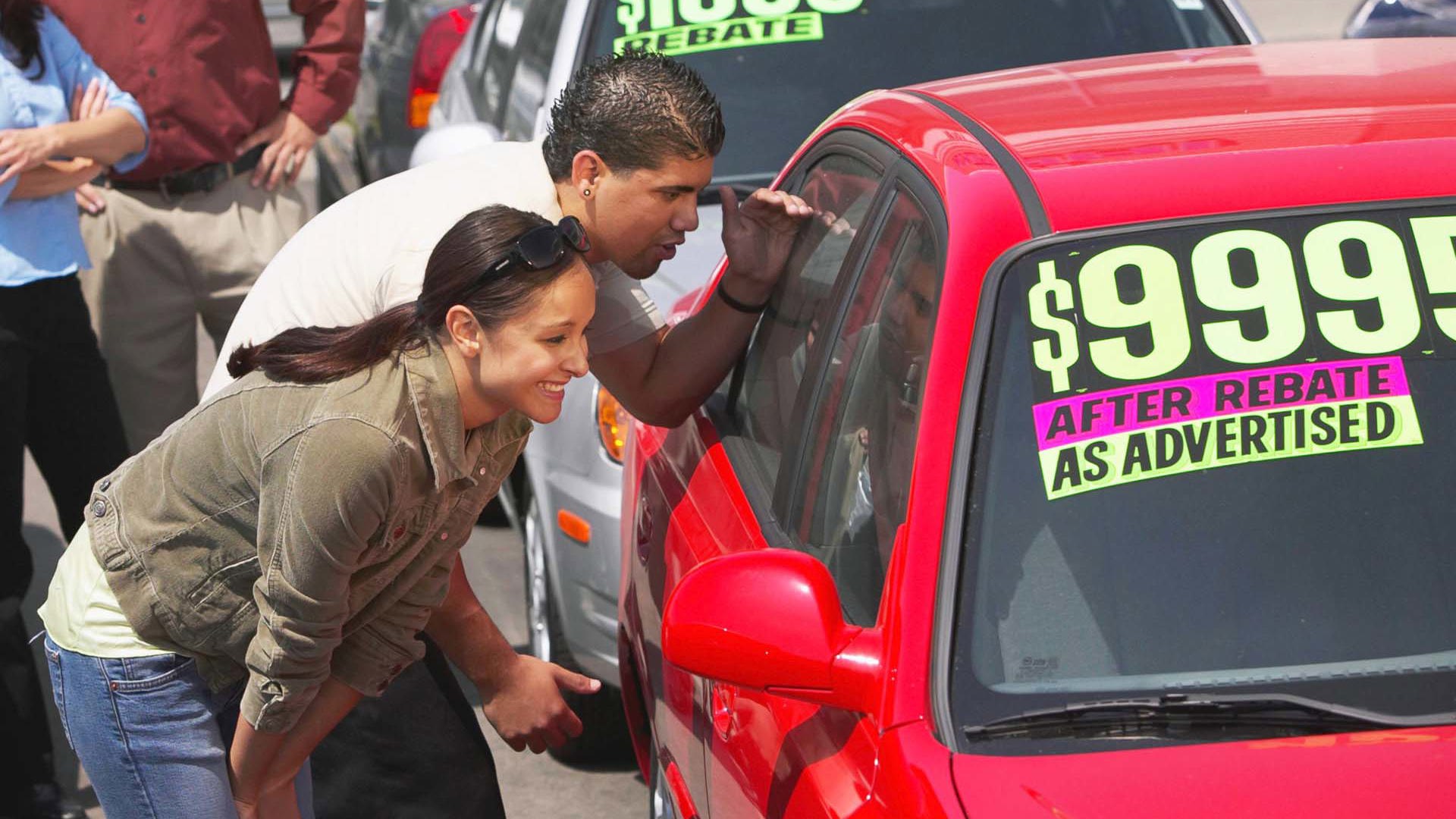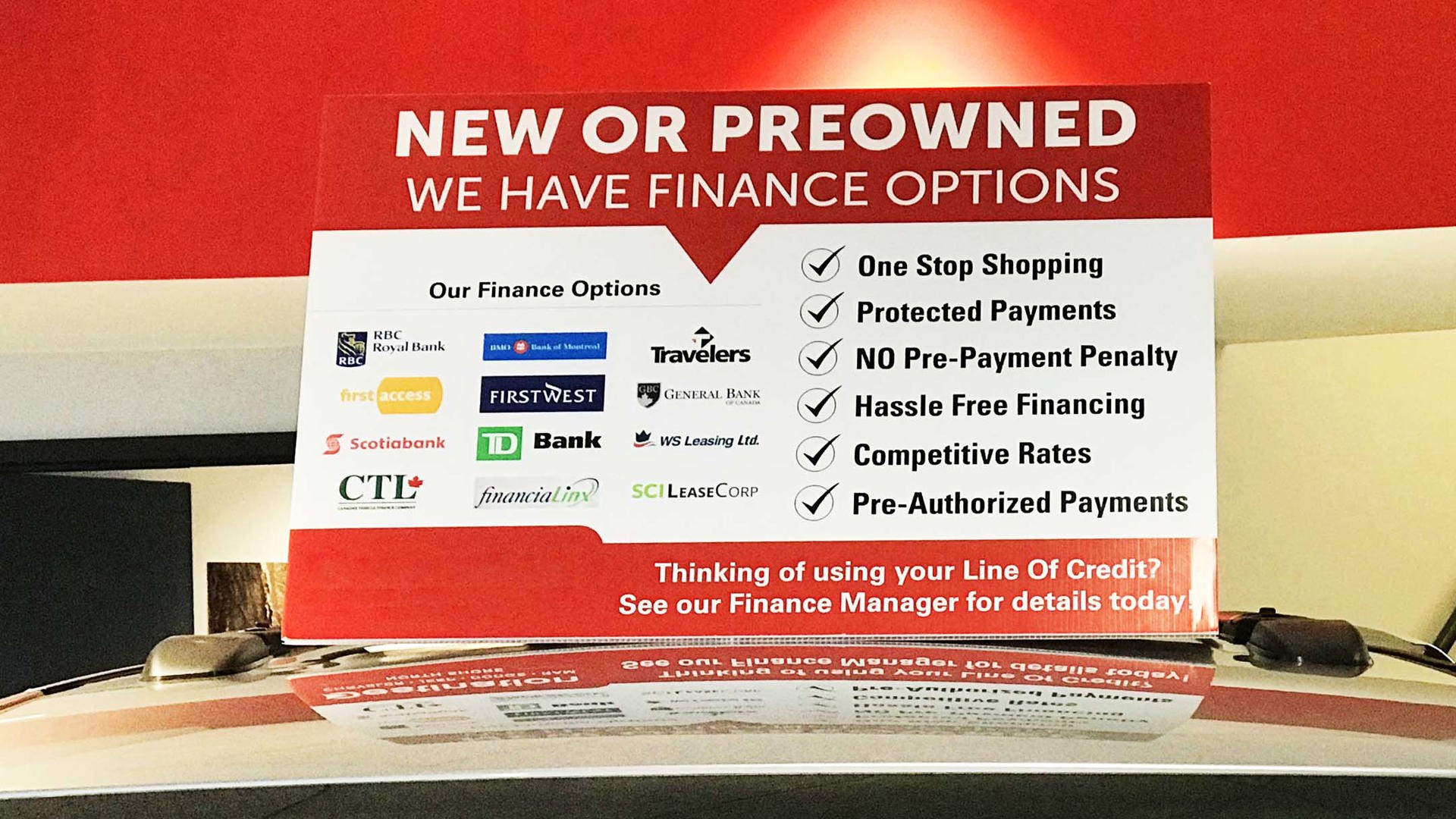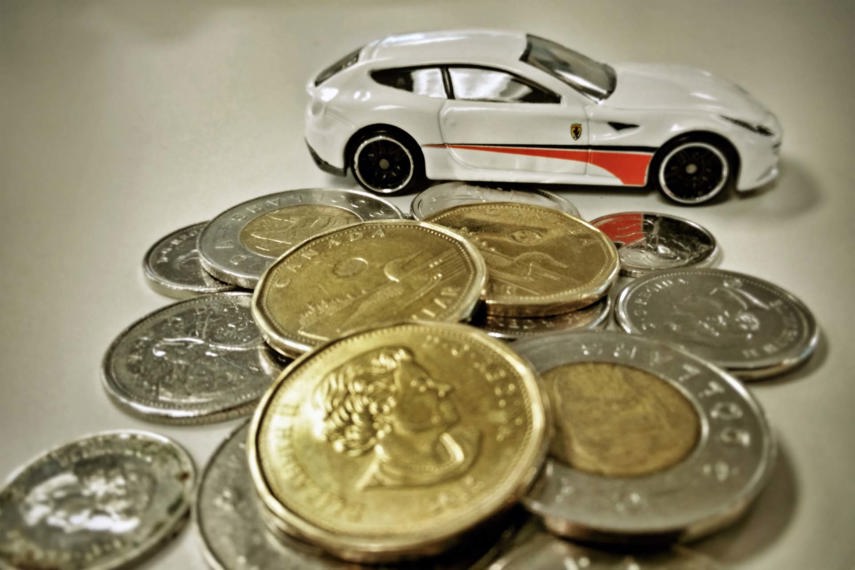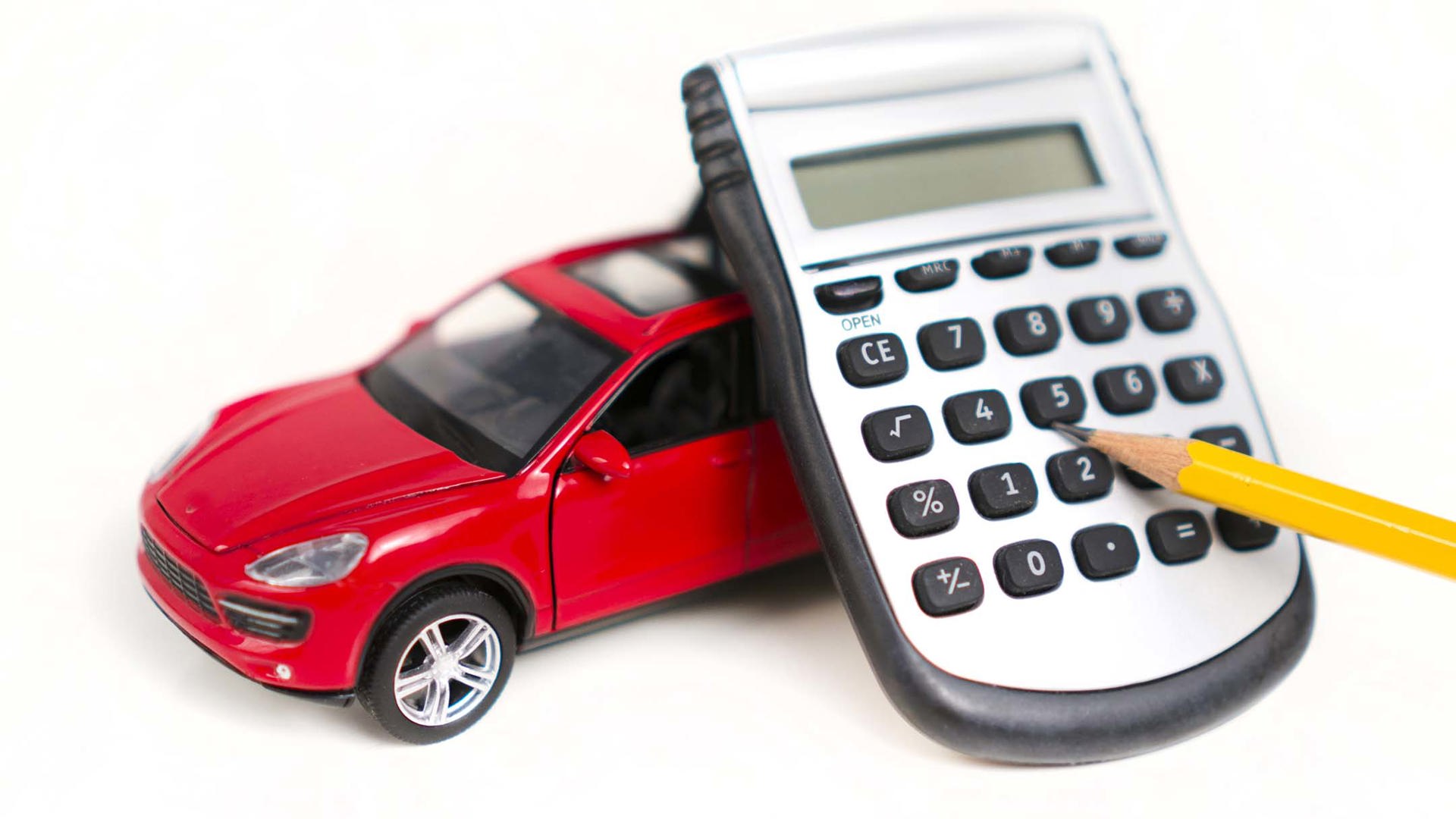Trading in your used vehicle for something newer is typically a straightforward process – and one that’s even easier with the help of a good dealership. Below, we’ll look at how this pans out if the vehicle you’ll trade in is financed, and whether or not you’re still making payments on it.
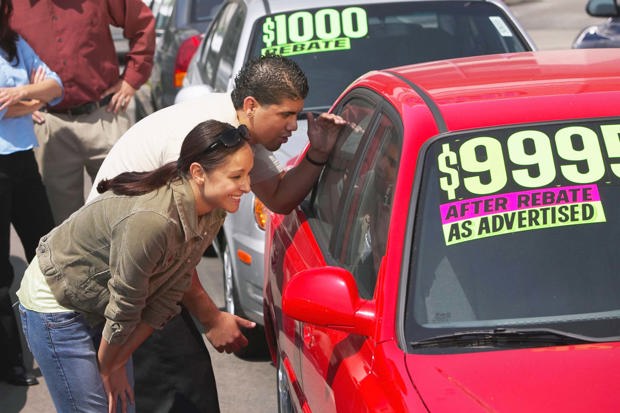
How Trade-ins Work
Let’s begin with the basics.
Your vehicle is worth a given amount of money when you buy it, and from that point, its value decreases slightly every time it’s driven – what’s known as depreciation. Over the months and years, added mileage, wear and tear, damage, and age will reduce the value of your used car or truck, to the amount it’s worth when you trade it in.
When trade-in time comes, a dealership will offer you wholesale value – not retail value – for your used car.
- Wholesale value is the going rate for vehicles just like yours, when they’re purchased from you by someone who will re-sell them, like a car dealership.
- Conversely, retail value is what that vehicle will sell for in the marketplace, to its next owner.
For instance, your Toyota Camry might sell in the used marketplace for $10,000 (retail value), though a dealership may offer only $7,000 on trade-in. The $3,000 difference relates to the extra work incurred by the dealership (and not you) to recondition and re-sell the vehicle.
So, when trading in, you’ll receive the (lower) wholesale value of your trade, though you don’t have to worry about listing, selling, or additional paperwork.
And, when the dealership sells your trade-in later, they’ll sell it for its retail price.
After assessing and appraising your used vehicle, you’ll be presented with a trade-in offer. Once accepted, you turn over the keys, and the dealership handles everything else.
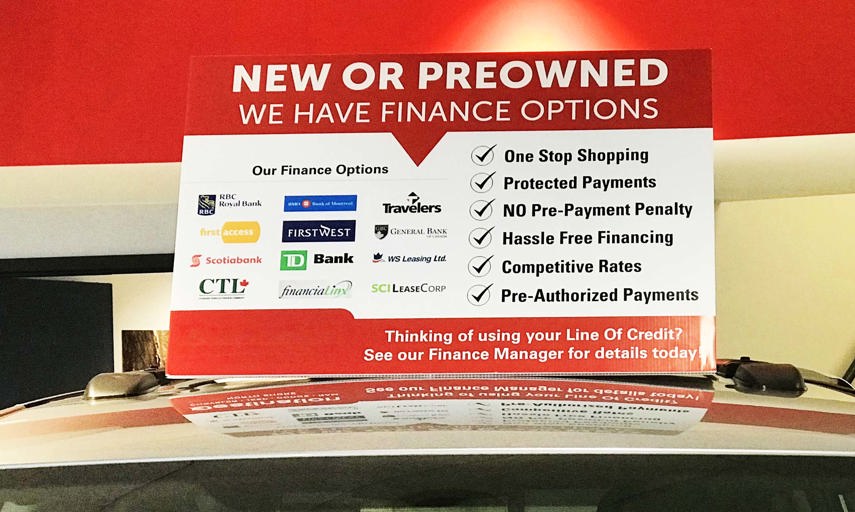
Trading in a Financed Vehicle
But what if the vehicle you’re planning to trade in is financed, and you’re still making payments?
In this case, there are a few extra things to know.
If your vehicle is paid off
If you’ve financed your trade-in but have finished paying it off, then you own the vehicle, and the process is easy. Simply obtain trade-in offers from one or more dealerships after an appraisal, or use a program like the autoTRADER.ca Instant Cash Offer (ICO) to get an instant online trade-in quote from a participating dealership.
Next, you’ll turn over the used vehicle, and the amount of the trade-in will be applied to the purchase of your new vehicle, reducing its price.
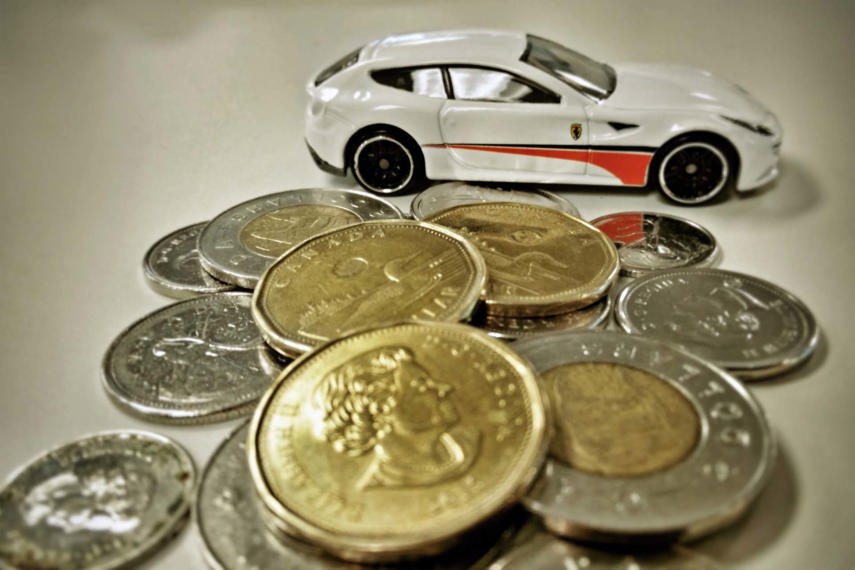
Note the tax implications, too: depending on the regulations in your province, you may only be required to pay the tax on the difference in value. For instance, if your trade gets you $10,000 towards a $25,000 vehicle, you may only have to pay taxes on the difference – or $15,000 instead of $25,000, in this example.
If you’re still making payments on your financed vehicle, the dealership accepting it as a trade can contact the company who issued the loan, and handle all other steps for you.
If your trade-in value is more than your loan
If your trade-in is worth more than what you owe on it, then the surplus difference (which is called equity or positive equity) can be applied to the purchase of the new vehicle. For instance, if you’re offered $10,000 for your trade but you only owe $8,000 on your loan, then you’re “up” by the difference of $2,000.
Many shoppers choose to have this positive equity ($2,000 in this example) applied to the purchase price of the newer vehicle.
Others prefer a cheque for the difference. In this instance, you may wind up trading in your used car and leaving with a new one, and a cheque for $2,000.
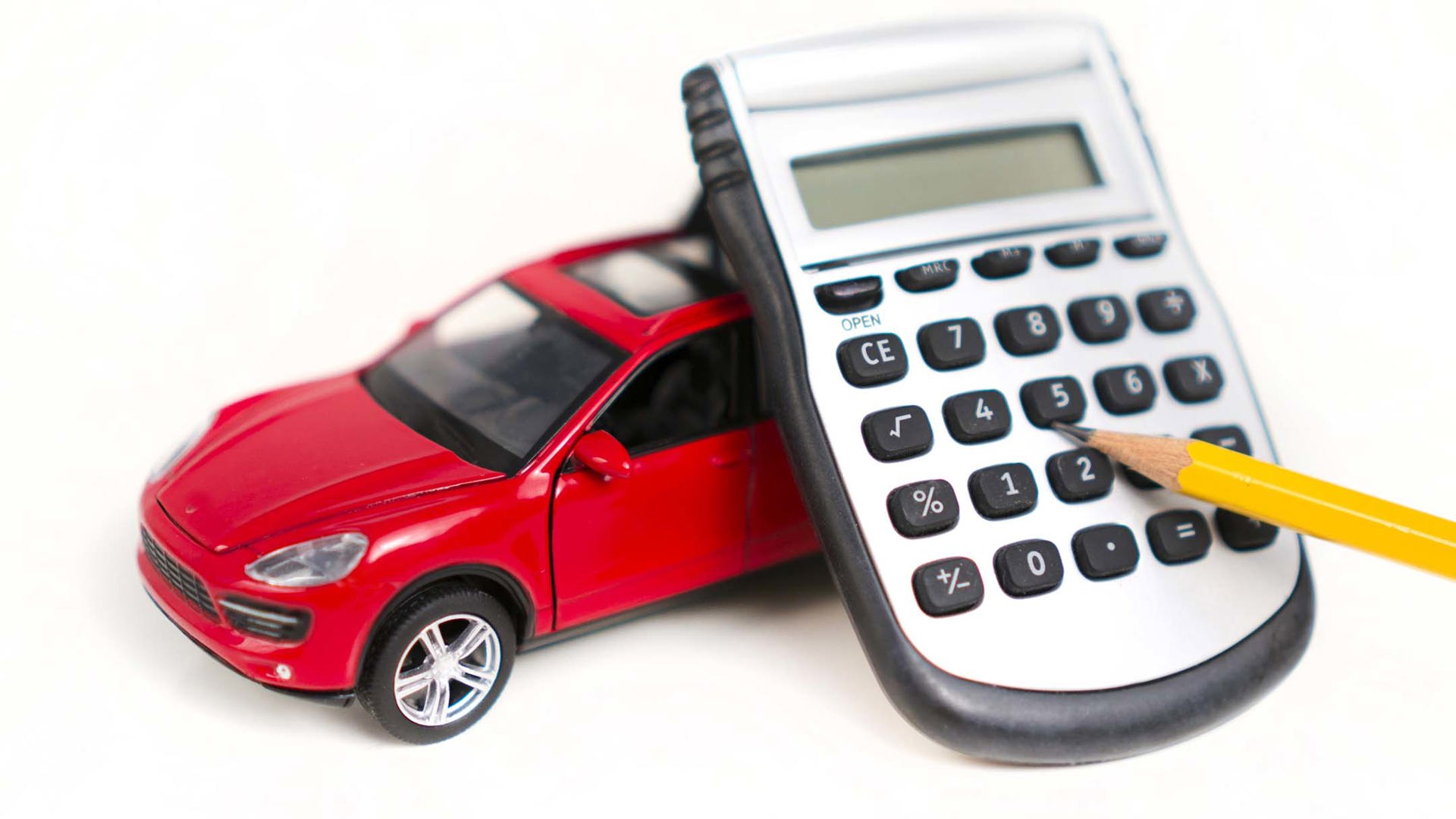
If your trade-in value is less than your loan
But what if the vehicle you’re trading in is worth less than what you still owe on it?
To illustrate, let’s reverse the numbers from the previous example. If you have a trade-in that’s worth $8,000 but you still owe $10,000 on it, then you have a deficit, and you’re “down” by the difference. This is also called negative equity. In this example, the trade-in has a negative equity of $2,000, since you still owe $2,000 on it.
In this situation, a couple of outcomes are possible:
- The shopper may choose to clear the loan on their used vehicle before trading it in to the dealership. This might involve calling the financial institution that funded the loan, and arranging a one-time payment (of $2,000, in this example) to clear the loan. Some financial institutions charge a penalty for doing this, and others don’t.
- A dealership may also accept the trade-in with negative equity. In this case, the $2,000 negative equity, or deficit, is simply be rolled into the price or payments of the new vehicle, and the dealership clears the loan on your trade-in, on your behalf. Effectively, the dealership clears the remaining loan balance of $2,000 on your trade, but adds $2,000 to the price of the new vehicle.
In either of our examples relating to negative equity, you’re still on the hook for the difference, or deficit. Many shoppers prefer to wait until their loan is cleared before trading in on a new vehicle, though this may not always be possible.

Maximizing Value on Your (Eventual) Trade-in
If you won’t trade in a used vehicle for some time yet, note that several steps can help improve its value (and therefore, minimize any negative equity or deficit) when the time comes.
Keeping your vehicle well maintained, ensuring quality parts and workmanship are used for repairs, storing and organizing maintenance and service records, and caring for your vehicle’s appearance can all help it hold more of its value for the long haul. This means you’ll get a higher trade-in offer (and reduced negative equity) when the time comes for a new car.
Note, further, that shopping around for trade-in offers is advisable. Some dealers may offer you more for your trade-in than others, and accepting a higher trade-in offer can help reduce or eliminate negative equity, too.

